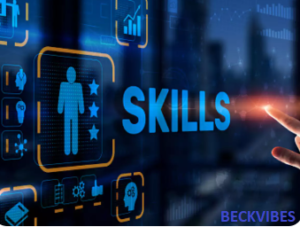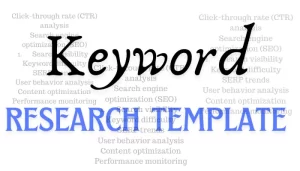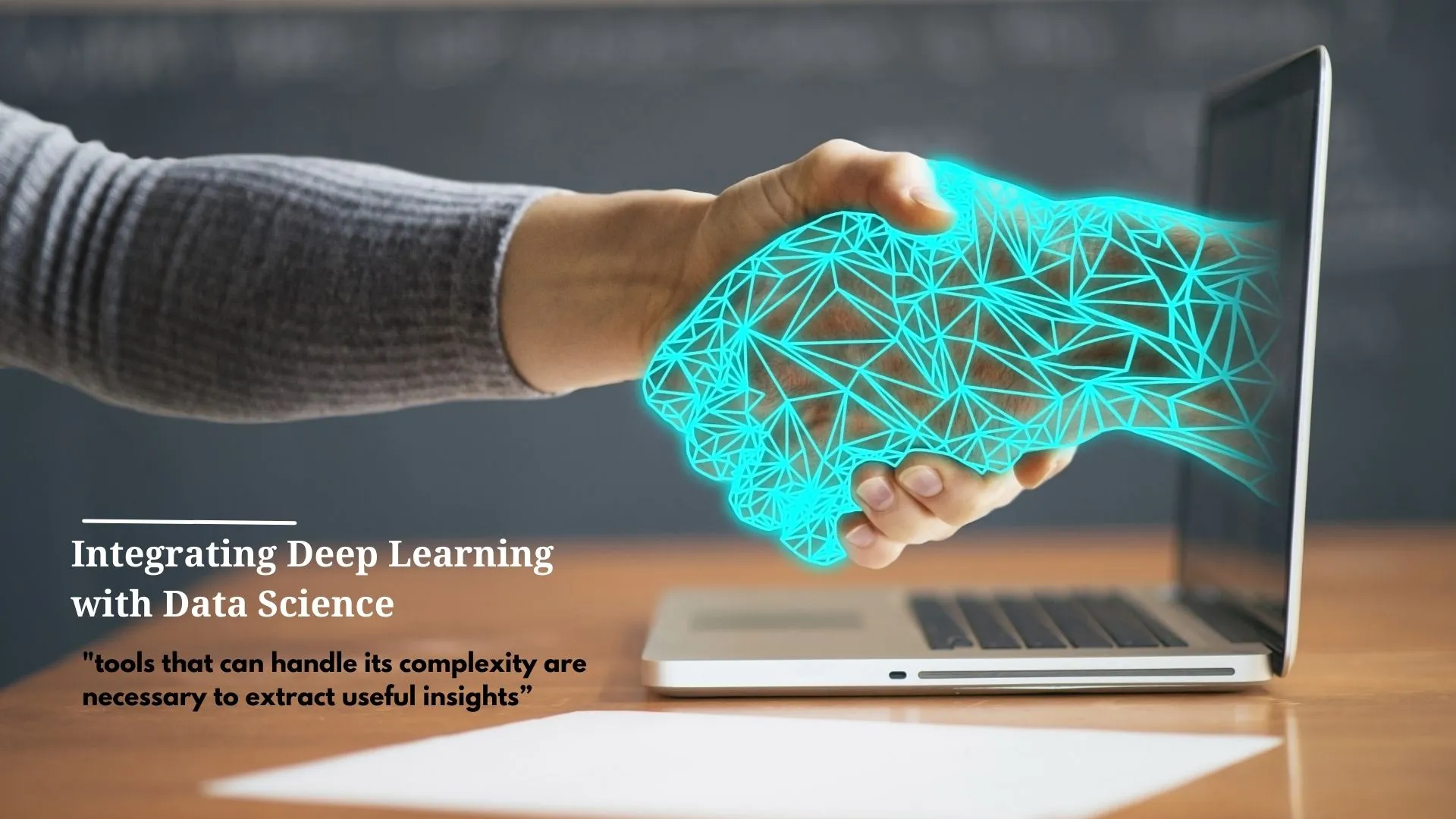
In the big data era, when information is flowing like a raging torrent, tools that can handle its complexity are necessary to extract useful insights. Now enter deep learning, a powerful tool in the data science toolbox that is transforming how we find patterns and resolve issues. This article seeks to clarify this potent method by providing an overview of its features and how it supports data science endeavors and also pushes integrating deep-learning with Data Science
Exploring the Depths: A Synopsis of Deep Learning
As a subset of machine learning, deep learning is a type of Artificial intelligence (AI) that focuses on teaching algorithms how to learn from data. What distinguishes deep learning, though? The source of its inspiration is within the human brain. Artificial neural networks (ANNs) are employed in deep learning, similar to the interconnected neurons in our biological neural network.
Deep-learning’s “deep” part has to do with these networks’ architecture. Deep learning models have more than one hidden layer between the input and output layers, in contrast to simple ANNs. They can extract complex correlations and features from data thanks to their multi-layered design, revealing hidden jewels that are inaccessible to simpler algorithms.
The Benefits of Deep Learning: Transforming Data Science
How then do data scientists apply this to get useful results? Numerous benefits from deep-learning enable data science initiatives to reach new heights.
Superior Pattern Recognition
Deep-learning is incredibly good at spotting nuanced linkages and subtle correlations, among other complex patterns in data. This makes it perfect for applications such as anomaly detection, natural language processing (NLP), and picture and audio recognition. Identifying human emotions from spoken words or evaluating medical scans to identify early disease indicators with previously unheard-of precision are just two instances of how deep learning enhances data-science with superhuman pattern recognition.
Automatic Feature Engineering
Creating features from raw data is a laborious and frequently arbitrary process that takes a lot of time for data scientists. Deep learning eliminates this bottleneck by autonomously identifying relevant features throughout the training process. In addition to saving time and avoiding human biases, this frequently results in the discovery of hitherto undiscovered features, improving the precision and effectiveness of data analysis.
Handling Unstructured Data
Think of social media postings, photos, or audio recordings. Messy, unstructured data is difficult for traditional algorithms to handle. In these kinds of situations, deep learning excels, processing raw data immediately without requiring a lot of pre-processing. This gives us access to a wealth of data that was not previously available for data analysis, enabling us to conclude the chaotic beauty of the real world.
Beyond the Hype: The Place of Deep-Learning in the Data Science Environment
Although deep learning has remarkable potential, it is not a panacea. A considerable amount of training data, substantial computational resources, and competence in model design and optimization are necessary. Recognizing these restrictions is essential, and selecting appropriate assignments is necessary to fully use their benefits.
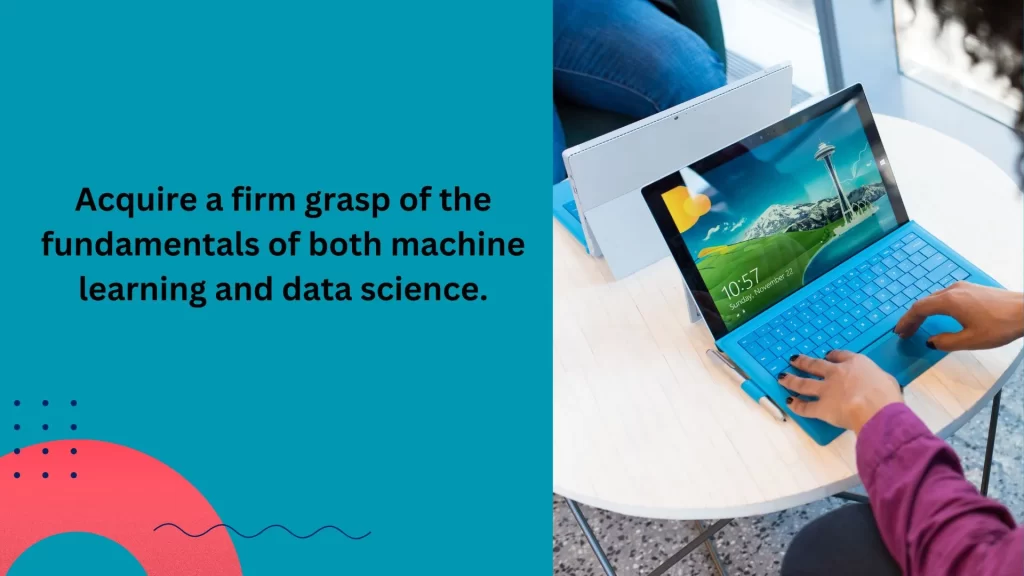
However, deep learning has the potential to revolutionize if used wisely. Various sectors are already seeing a significant transformation due to it:
personalized medicine, early disease detection, and therapeutic development. Risk assessment, automated trading, and fraud detection. Demand forecasts, customized recommendations, and customer experience optimization. Process automation, quality assurance, and predictive maintenance.
Deep learning will surely become increasingly important as data science develops. Through comprehension of its complexities and utilization of its advantages, data scientists can unleash the latent potential of data, propelling innovation and resolving intricate problems in all domains.
The Transformational Benefits of Deep-Learning
Effectively using information is becoming a necessity in the big data era rather than a luxury. Large datasets can contain complex patterns and relationships that are difficult for traditional approaches to understand. Here comes deep learning, a state-of-the-art branch of artificial intelligence that has the potential to completely transform the way we use and understand data. Deep-learning algorithms provide a special set of advantages by simulating the composition and operation of the human brain. These advantages enable us to uncover breakthrough discoveries.
Enhanced Pattern Recognition
Imagine a future in which computers can read complicated medical images, recognize faces in a busy street, and spot minute irregularities in financial transactions. This is possible because of deep learning. Furthermore, complex patterns that frequently elude simpler algorithms can be successfully extracted from raw data thanks to their layered architecture. When it comes to weather forecasting or the analysis of satellite photos for deforestation, deep learning’s capacity to identify complex patterns outperforms conventional techniques, providing access to a multitude of hitherto undiscovered insights.
Predictive Modeling on Steroids
Therefore, In almost every field, making well-informed decisions requires the ability to predict future trends. Predictive modeling is elevated to a whole new level by deep learning. These algorithms are capable of producing extremely precise forecasts of future events by discovering hidden links and learning from past data.
Controlling the Unstructured Beast
When dealing with unstructured data—the disorganized universe of text, photos, and audio—traditional data mining techniques frequently break out. Deep-learning, however, flourishes in this field. Its capacity to learn directly from unlabeled, raw data removes one of the main bottlenecks for conventional approaches: laborious manual feature engineering. This creates intriguing opportunities for sentiment analysis on social media, gathering information from medical records, and even the detection of fraud from unstructured financial data.
These three instances are only a small sample of the many advantages of integrating deep learning. Its uses range from advancing scientific understanding to maximizing the distribution of resources, matching the variety of problems we confront. Adopting this potent technology is not without its challenges, though we need to adopt ways to integrate deep-learning with data science.
Applications of Deep Learning in Data Science
A branch of artificial intelligence called deep learning has propelled data science forward by enabling hitherto unimaginable capacities for data extraction insights. It can achieve activities that were previously regarded as the unique province of human intellect because of its capacity to duplicate the structure of the human brain. However, what practical data science applications does this translate into? Let’s explore the three main areas that deep learning is transforming to improve our understanding and interaction with data:
Looking Around With Algorithms: Computer Vision and Image Recognition
Imagine devices that can recognize faces in a crowd, locate malignancies in MRIs, or drive themselves through crowded city streets. This is the capability of deep learning in computer vision and image recognition. One particular kind of deep learning architecture that is particularly good at extracting features and patterns from visual input is convolutional neural networks (CNNs). They can be taught to detect items and even follow movement with remarkable precision, utilizing millions of photos A flurry of applications have resulted from this, from object detection to automation of manufacturing and agricultural duties. Deep learning algorithms are currently being utilized in healthcare to evaluate medical images and discover diseases early on.
Deep learning is changing more than just pixels; it’s also changing how we interpret and use words. Text summarization, sentiment analysis, and machine translation are some of the applications of natural language processing, or NLP. Deep learning algorithms can translate languages in real time, understand word meanings by examining their intricate structures and subtleties, and even produce text that is of human quality. This opens up a world of possibilities, such as building chatbots that engage in real conversations or mining social media data and customer reviews for insightful information. Learning experiences are becoming more individualized in the realm of education because of NLP-powered systems that analyze student reactions and modify lesson plans accordingly. There are countless options, and NLP is always pushing the envelope.
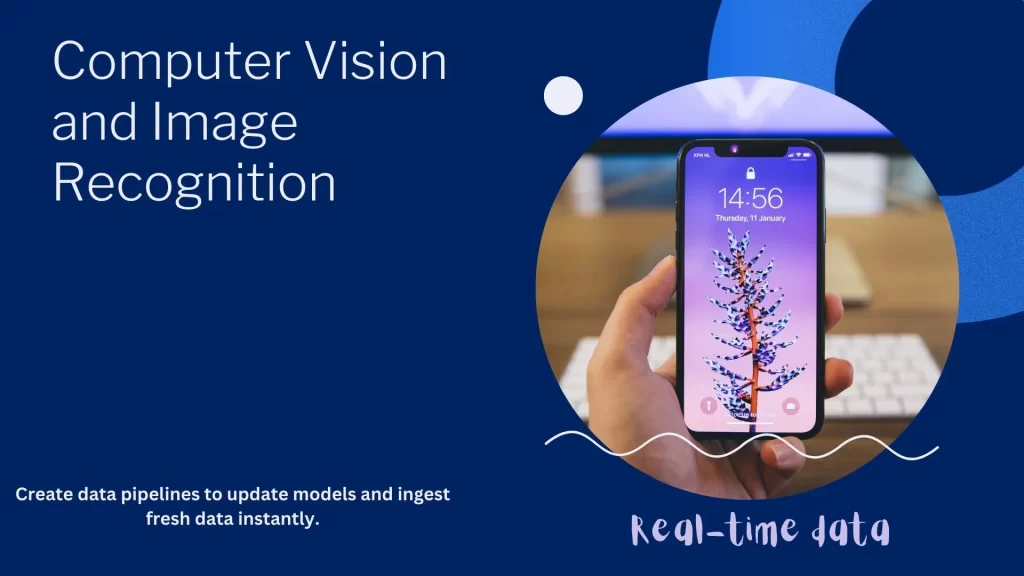
Protecting the Integrity of Data: Fraud Identification and Anomaly Identification
Information protection from malevolent parties is critical in today’s data-driven environment. This is the point at which anomaly and fraud detection benefit from deep learning. Deep learning algorithms can recognize anomalous activities that are out of the ordinary by examining patterns in financial transactions, network traffic, or even sensor data. This enables companies to stop cyberattacks before they start, identify fraudulent transactions in real-time, and even anticipate equipment breakdowns in vital infrastructure. The applications extend beyond the realms of technology and finance. Deep learning is being applied in environmental monitoring to find anomalies in pollution levels or wildlife populations, allowing for preemptive measures. In the healthcare industry, it is being used to identify fraudulent insurance claims.
Deep Learning’s Future: An Abundance of Opportunities
Deep learning is expected to have an even greater influence on data science as it develops. The opportunities are endless, ranging from transforming scientific research to providing individualized treatment. Deep learning has a bright future, despite several obstacles still standing, such as the requirement for computer resources and ethical considerations. Its capacity to learn from data and adjust to new conditions will keep pushing the envelope of what is conceivable and pave the way for a future in which data influences how we work, live, and see the world.
Tools and Frameworks for Deep Learning in Data Science
In the quickly developing field of data science, deep learning has become a potent tool for solving challenging issues. It might be daunting to navigate the many tools and frameworks available, though. This post explores the advantages and disadvantages of TensorFlow, Keras, PyTorch, and Scikit-learn, three popular choices, to assist you in making an informed choice.
Keras and TensorFlow: Durability and The ability to adapt
Google’s TensorFlow is an open-source, multipurpose framework for large-scale machine learning and numerical computation. Although it required low-level code at first, Keras was released as a high-level API that made building and experimenting with neural networks easier. Collectively, they provide:
Complex model architectures and flexibility are possible because of TensorFlow’s core. For big datasets, it allows dispersed training over several machines. Models for TensorFlow can be implemented in a variety of settings. Supported by Google, it has a sizable and vibrant community with a wealth of guides and documentation.
Complexity is the price paid for this capability, though. TensorFlow’s lower-level nature may make the initial learning curve more difficult for beginners.
PyTorch: Adaptable and User-Friendly
PyTorch, an application for Facebook development, provides a dynamic computational graph that leads to:
Beginners and scholars will find it more intuitive to use as a result of its object-oriented design and Pythonic syntax. PyTorch’s dynamic architecture makes debugging and training process inspection quicker. Its widespread use in academia encourages cutting-edge features and quick development.
Even though PyTorch is computationally efficient, it does not yet have TensorFlow’s comprehensive production-ready infrastructure. Furthermore, although it is expanding, its community isn’t as large as TensorFlow’s.
Scikit-learn: Conventional Superpower
Unlike TensorFlow and PyTorch, Scikit-learn is an expert in classical machine learning algorithms like clustering, regression, and classification. Its advantages are found in:
It is well-known for having a user-friendly API and ample documentation, which makes it ideal for novices. It also offers resources for comprehending the significance of features and behavior models. For a wide range of data science activities, Scikit-learn provides an extensive toolkit. It isn’t made for deep learning tasks, though, and it can’t handle complex issues with the same scalability and flexibility as TensorFlow and PyTorch.
Selecting the Appropriate Instrument
The best option will depend on your unique requirements and objectives. Here is a brief how-to:
Scikit-learn or Keras are good choices because of their easy learning curves. PyTorch excels in deep learning research because of its debugging skills and versatility. TensorFlow provides industry-grade scalability and deployment choices for large-scale production. However, unlike TensorFlow and PyTorch, it is not designed for deep learning tasks and is not as scalable and flexible for dealing with complex problems.
Choosing the Correct Instrument
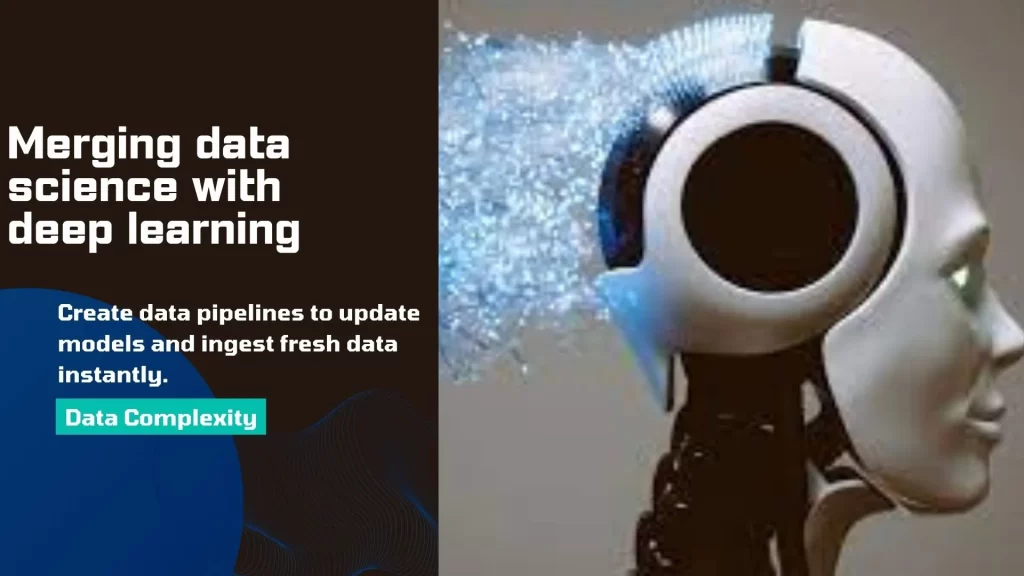
The optimal choice will depend on your particular needs and goals. This is a quick how-to.
Because of their simple learning curves, Scikit-learn and Keras are excellent options for beginners. PyTorch’s versatility and debugging abilities make it an excellent choice for deep learning research. For large-scale production, TensorFlow offers deployment options and industry-grade scalability.
Techniques for Preparing Data
Any effective data science endeavor starts with its data. Inaccurate data produces untrustworthy outcomes and wastes resources. Thus, it is crucial to implement strong data preparation methods.
Examine the information for irregularities, missing values, anomalies, and differences in format. Utilize suitable methods for data cleaning, such as formatting, filtering, and imputation. Convert unprocessed data into features that are ready for modeling. Scaling, normalization, dimensionality reduction, and the development of new features based on domain expertise may all be necessary for this. To maintain reproducibility and track changes, apply version control to data sets and transformations.
Selecting the Appropriate Deep Learning Structure
Strong data analysis and prediction skills are provided by deep learning. But it’s crucial to choose the right architecture for your particular needs.
Understanding what’s wrong means clearly stating the issue that has to be resolved as well as the intended result. Take into account your data’s volume, dimensions, complexity, and size. Analyze the computational power and financial constraints you have available. Compare the performance of various architectures using validation data and use experimentation to assess them.
Ongoing Education and Adjustment
Projects using data science are rarely static. Data distributions change as real-world situations do. It is imperative to implement mechanisms for continuous learning and adaptation. Create data pipelines to update models and ingest fresh data instantly.
Using algorithms that can learn progressively from fresh data without having to retrain the entire model is known as incremental learning. Model evaluation, monitoring, and Keeping an eye on the model’s performance at all times to spot any possible deterioration. To increase model accuracy, ask users or experts for labels on certain data points using active learning techniques.
Working Together and Communicating
Effective cooperation and communication between technical and non-technical stakeholders are essential for data science integration on:
Establish a common understanding of the objectives, constraints, and data science principles of the project. Establish regular channels of communication between IT teams, business stakeholders, and data scientists. Clear documentation of procedures, models, and insights should be shared with pertinent parties. This also applies to knowledge sharing. Apply explainable AI methods to improve the transparency and comprehensibility of models for stakeholders who are not technical.
Integration of MLOps
By combining data science with MLOps procedures, models are successfully deployed, tracked, and maintained:
Reproducibility and version control: To ensure repeatability, track and manage model versions and configurations using MLOps tools. For consistency and efficiency, automate the pipelines for model deployment, training, and testing. To effectively manage model infrastructure, make use of cloud computing platforms or containerization technologies. Utilize tools for monitoring and observability to keep tabs on model performance and spot possible problems.
FREQUENTLY ASKED QUESTIONS

What are the advantages of merging data science and deep learning?
Improved Pattern Recognition: Deep learning is very good at identifying intricate patterns in big datasets, which makes predictions more precise.
Better Predictive Modeling: Data science applications’ predictive power is increased by deep learning models’ ability to capture complex correlations in data. Text, audio, and picture files are examples of unstructured data that deep learning is good at processing and deriving insights. Unlike traditional data science, which relies on human feature engineering, deep learning models can automatically extract pertinent features from data.
What challenges are in the way of combining data science and deep learning?
Data Complexity and Preprocessing: Preprocessing can be complicated, and deep learning models frequently require large, well-prepared datasets.
Deep learning models, particularly deep neural networks, can be computationally costly and need a significant amount of training time due to their complexity.
Deep learning models are sometimes referred to as “black boxes,” which makes it difficult to understand and comprehend how they arrive at decisions. For deep learning to be effective, a significant amount of labeled data may be needed, which may not be available in all applications.
What are some real-world uses for combining data science and deep learning?
Computer vision and image recognition: Deep learning is particularly good at picture recognition tasks, which opens up possibilities for uses such as object detection and facial recognition.
Sentiment analysis, language translation, and chatbots are just a few of the language processing jobs that have advanced thanks to deep learning. Deep learning can spot trends in data that point to fraud or anomalies, improving security across a range of sectors.
How can I begin combining data science and deep learning?
Learn the Fundamentals: Acquire a firm grasp of the fundamentals of both machine learning and data science.
Examine the concepts of deep learning: Learn about the architectures, frameworks, and principles of deep learning (e.g., TensorFlow, PyTorch).
Both data science and deep learning are offered as courses on platforms such as Coursera, edX, and Khan Academy.
Practical Projects: To put theoretical knowledge into practice, try working on little projects or taking part in Kaggle competitions.
Developments in Natural Language Processing: As language models and comprehension continue to advance, more complex NLP applications will result.
Explainable AI (XAI): A greater emphasis on creating more comprehensible and interpretable models.
Edge Computing: Using deep learning models on edge devices to analyze data more quickly and effectively.
Automated Machine Learning (AutoML) refers to the advancement of platforms and technologies that streamline and simplify the machine learning process, making it accessible to individuals without expertise in the field.




